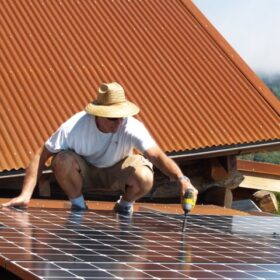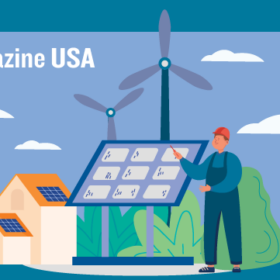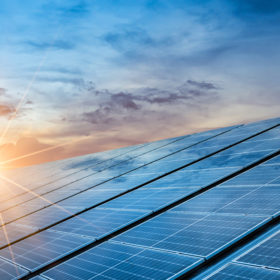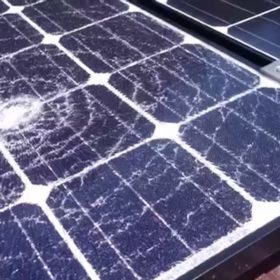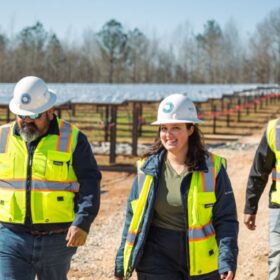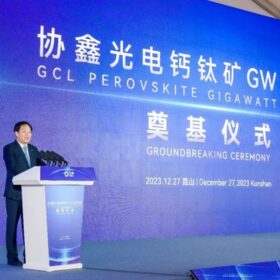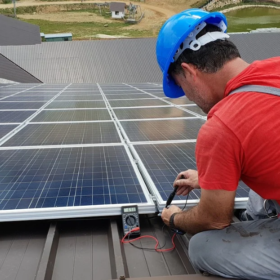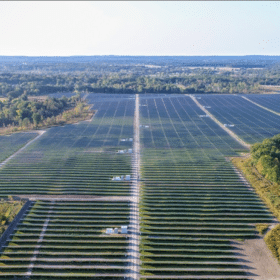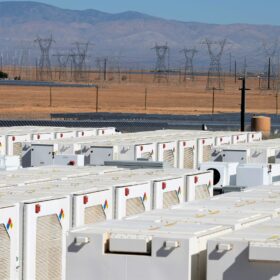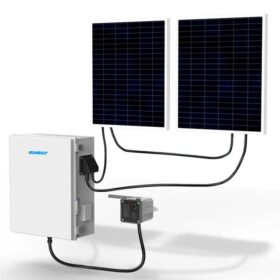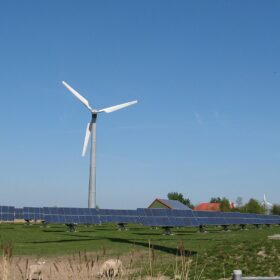New platform vets residential solar salespeople
An industry plagued by deceptive practices is now verifying salespeople via a platform called Recheck.
Low prices for TOPCon solar panels put pressure on PERC
In May 2024, high-efficiency panels, predominantly glass-glass modules equipped with tunnel oxide passivated contact (TOPCon) cells began to converge on price with mainstream offerings, writes Martin Schachinger, of pvXchange. Production volumes for these negatively-doped, “n-type” cells and modules have been ramped up in China while the increasingly restrictive customs situation in the United States may already be having an impact. For the European market, ever-lower prices for the latest module technology would suggest that demand would continue to rise were it not for a number of disruptive factors.
Maine may design a distribution system operator to advance distributed energy resources
Maine has hired a consulting firm to evaluate whether forming a distribution system operator could speed deployment of distributed energy resources and support other state goals. Consultants are reviewing how the approach is used in five other countries.
Sunrise brief: New York policy authorizes $814.6 million to fund energy storage
Also on the rise: A look at the prevailing wage and apprenticeship final rule. Spontaneous glass breakage on solar panels on the rise. And more.
In case you missed it: Five big solar stories in the news this week
pv magazine USA spotlights news of the past week including market trends, project updates, policy changes and more.
Spontaneous glass breakage on solar panels on the rise
The National Renewable Energy Laboratory noted an increase in spontaneous glass breakage in solar panels. The PV Module Index from the Renewable Energy Test Center investigates this and other glass-related trends in solar manufacturing.
Data-driven electricity demand to double from 2022 levels by 2026
The world’s reliance on the internet, the shift to cloud computing, and the emergence of AI all fuel demand for more and more data centers. The International Energy Agency (IEA) projects that by 2026, data centers will consume more than 800 TWh annually, more than double their consumption in 2022. Tristan Rayner takes a look at the role that renewable generation plays in powering a digital world.
A look at the prevailing wage and apprenticeship final rule
Taxpayers seeking to claim the highest available investment and/or production tax credits for renewable energy projects must comply with the prevailing wage and apprenticeship requirements.
GCL says perovskite solar module passes silicon degradation tests
At Intersolar Europe, the Chinese manufacturer said the perovskite-silicon tandem module would cost 50% of a crystalline silicon module that costs $0.15 per W, meaning $0.075 per W.
Utility-scale solar development: Good planning makes good neighbors
A recent study by Berkeley Lab, the University of Michigan, and Michigan State University found that sharing plans for large-scale solar projects with local residents improves the perception of such sites.
